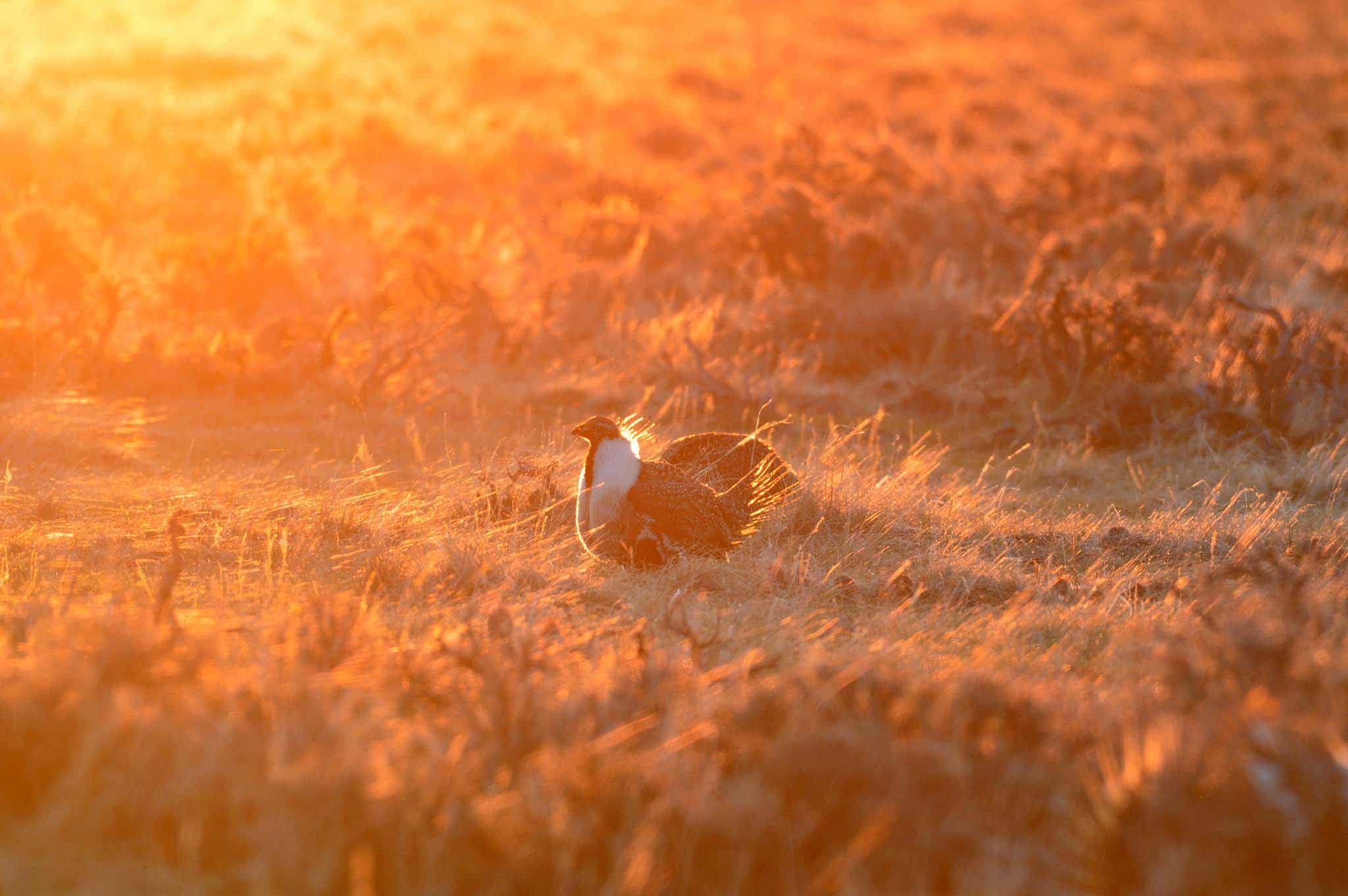Support the Greater Sage-Grouse
Leave a comment on the proposed Greater Sage-Grouse habitat management plan to help protect this iconic species.
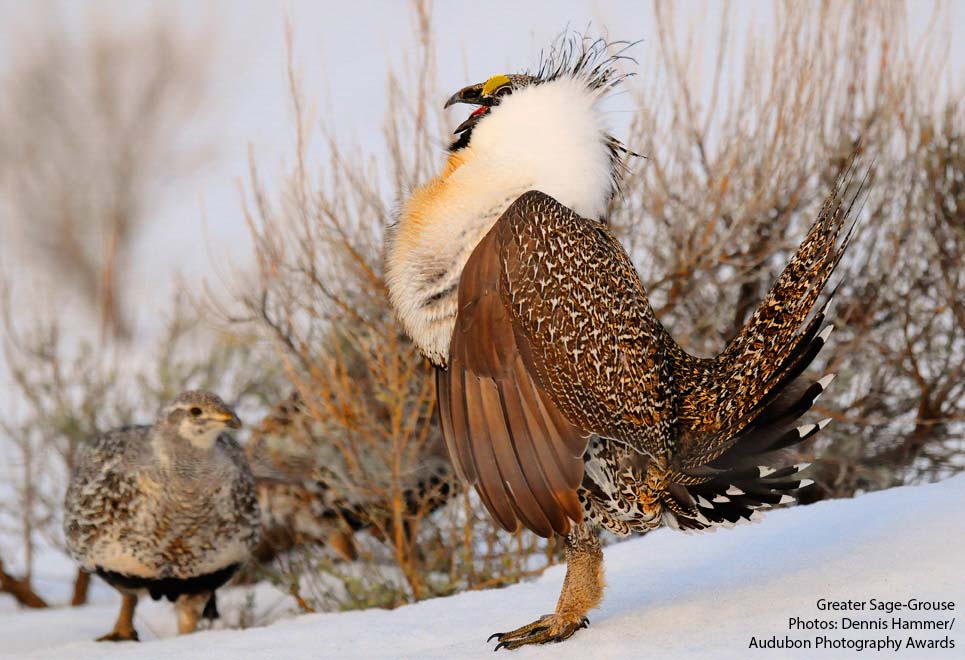
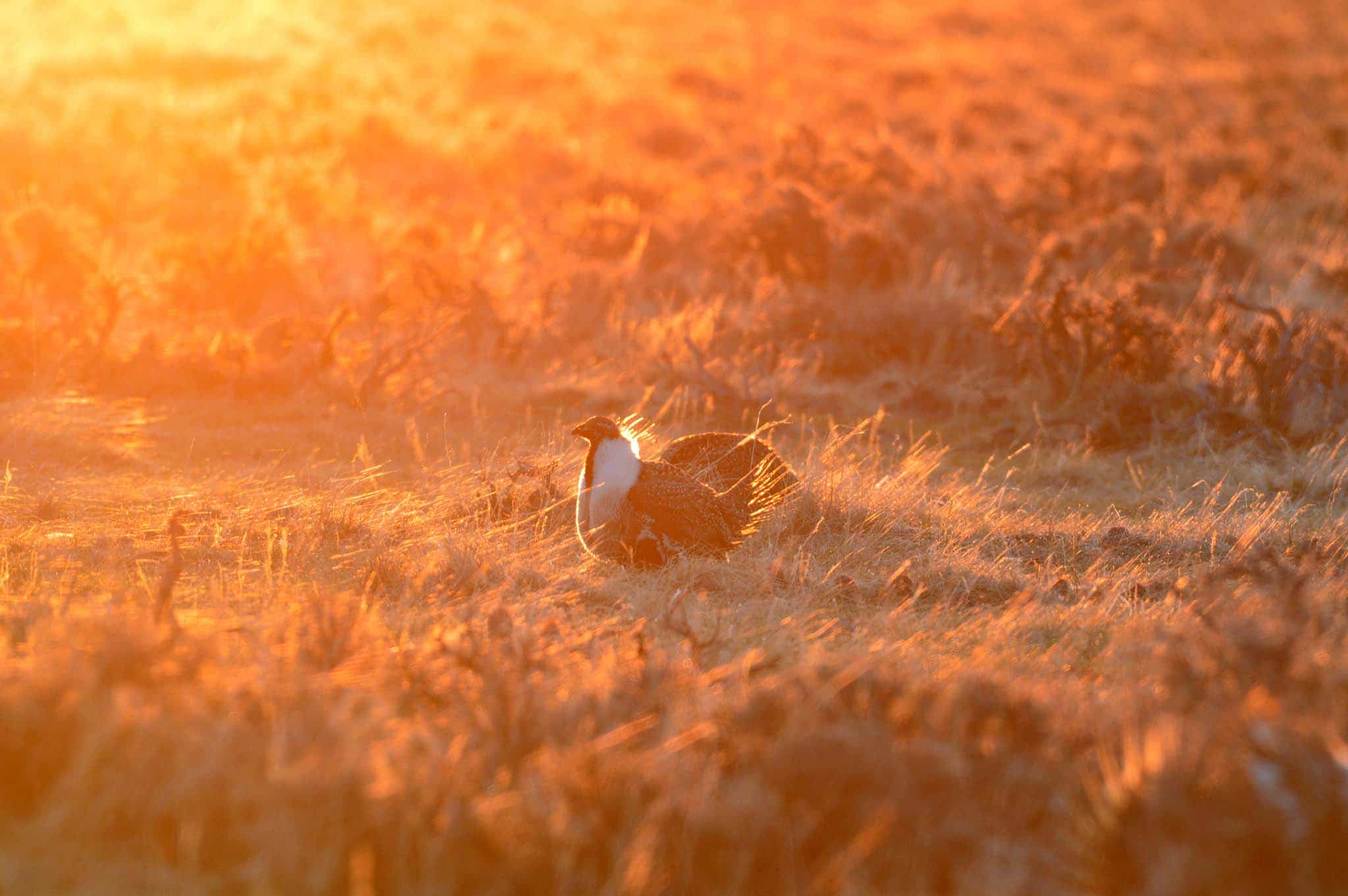
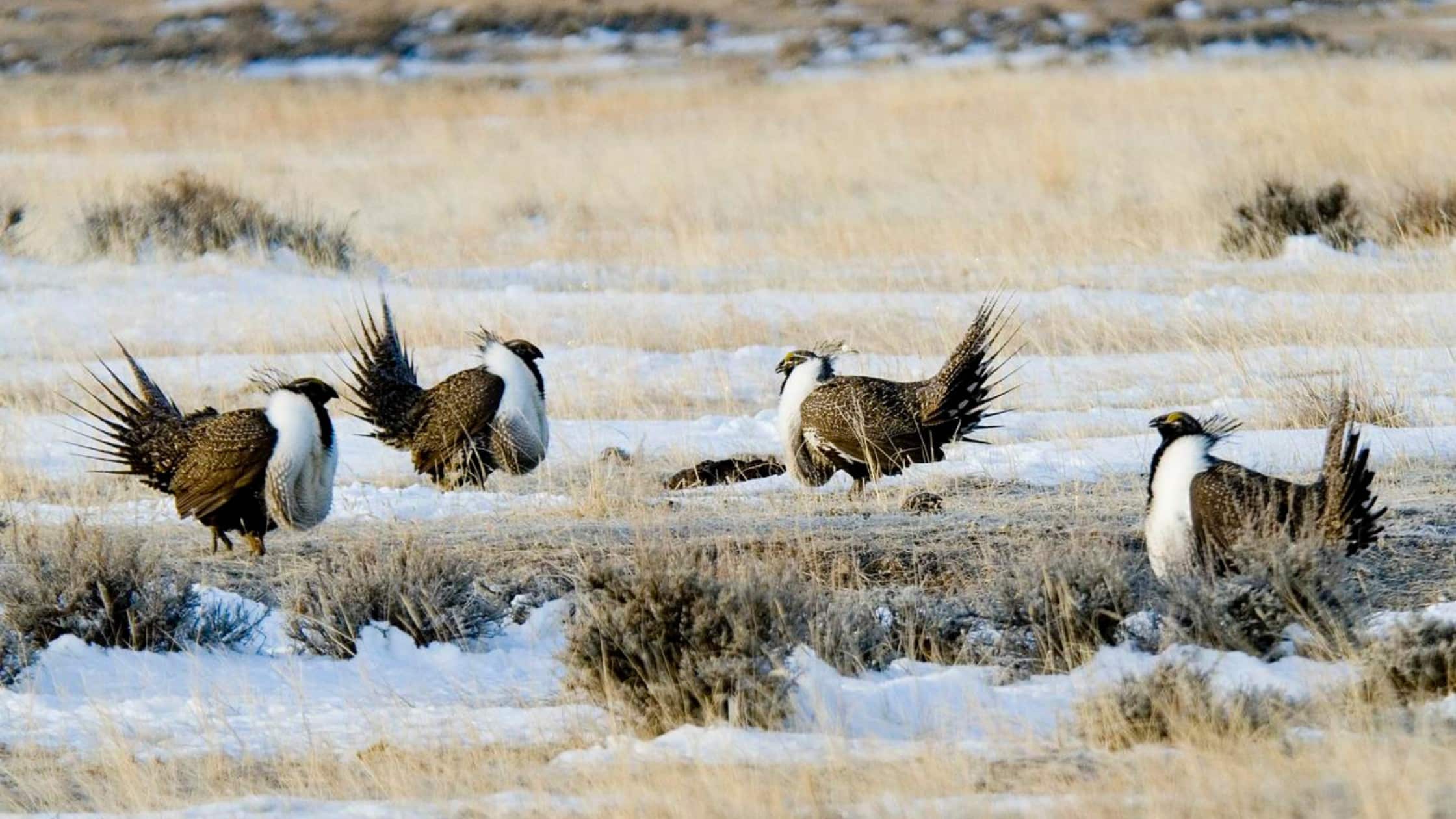

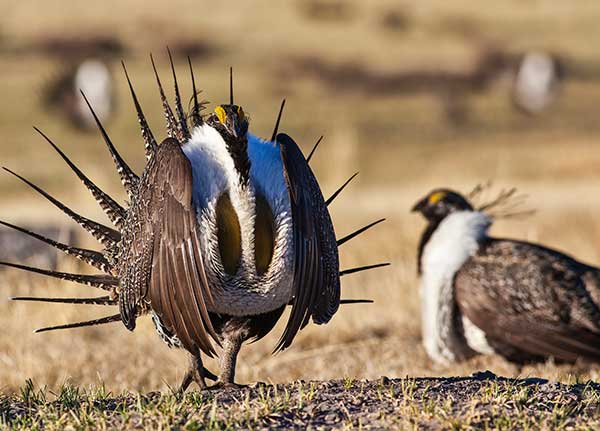
Leave a comment on the proposed Greater Sage-Grouse habitat management plan to help protect this iconic species.





Once numbering in the tens of millions, sage-grouse populations today have decreased dramatically due to development and habitat loss. In recent years, the sage-grouse has been proposed for protection under the Endangered Species Act. A historic conservation effort across 11 western states is helping to reverse the decline and keep the species from becoming federally protected. While the bird is managed by MT Fish, Wildlife & Parks, the Bureau of Land Management (BLM) plays a major role in determining the bird’s future because they manage a majority of the bird’s habitat. In 2015, the BLM adopted more than 70 management plans to safeguard the landscapes on which the sage-grouse rely while also sustaining the rural economies of the region. These plans were revised in 2019 to build flexibility in coordination with state wildlife management laws and policies.
Recent science and changes to the habitat has prompted BLM to review these management plans. In a 2021 report, analyses of satellite imagery found that the West is losing 1.3 million acres of functioning sagebrush habitat each year. Given the strong tie of Greater sage-grouse to their habitat, it wasn’t a surprise when researchers found that sage-grouse populations have dropped more than 80% range-wide since 1965, with a 37% decline since 2002.
In this latest review, the BLM proposed six alternatives for strengthening these plans, which are informed by the best available science. These alternatives are outlined in the executive summary of the plan and they are not just about maintaining the status quo but about improving and adapting to our environment's changing needs. They build on the most successful components of the 2015 and 2019 plans, incorporating new conservation science, accounting for changing resource conditions, and balancing consistent management across the range with the flexibility to address the specific needs of individual states.
The Draft Resource Management Plan Amendment and Environmental Impact Statement and proposed amendments will be open for public comment on March 15, 2024. Your comments and feedback are crucial in shaping the future of sage-grouse management. The comment period will end on June 13, 2024.
By following these steps, you can create a powerful letter that will make a difference.
Dear Director Stone-Manning,
Thank you for the opportunity to comment on BLM’s Draft RMPAs/EISs for Greater sage-grouse. I fully support this effort, which aims to provide sage-grouse with durable, science-based conservation protections. I am specifically concerned about the management of sagebrush ecosystems in Montana’s Upper Missouri Headwaters. This area is the focus of several ongoing conservation efforts,including BLM’s Restoration Landscape Initiative, DOI’s Sagebrush Keystone Initiative, and FWS’s Proposed Missouri Headwaters Conservation Area. It is essential that BLM account for those efforts in the context of the sage-grouse planning process.
Yet, BLM’s current management approach for the Upper Missouri Headwaters allows for widespread, speculative oil and gas leasing that threatens the very fish and wildlife values that DOI is striving to protect through these landscape conservation efforts. Given the lack of oil and gas development potential and the importance of the landscape, leaving these public lands open to leasing makes no sense.
In fact, just a few years ago, someone tried to lease several thousand acres for oil and gas drilling in the Beaverhead and Big Hole watersheds, both of which support native trout species and provide drinking water for Dillon and other communities. Responding to widespread concerns, including from local hunters and anglers, then-Secretary of the Interior Zinke rightly rejected the proposed leases – but those areas remain open to leasing to this day.
Additionally, the Big Hole, Beaverhead, and other area rivers are in crisis, with trout and other fish populations rapidly declining. There is no need to further stress area land and water resources by leasing lands that will provide no economic return for the region or state.
Accordingly, in light of the tremendous fish and wildlife values of the Upper Missouri Watershed, and to align with DOI’s ongoing conservation initiatives for the area, we encourage BLM to:
Thank you again for the opportunity to comment on these important plans.
Sincerely,
Montana Wildlife Federation is the oldest and most effective conservation organization in Montana. We are a member-based organization that works to protect Montana’s wildlife, lands, and waters. We are hunters, anglers, hikers, bird watchers, mountain bikers, and wildlife enthusiasts dedicated to protecting Montana’s outdoor heritage.
Get Involved